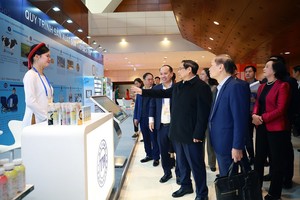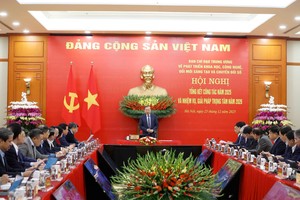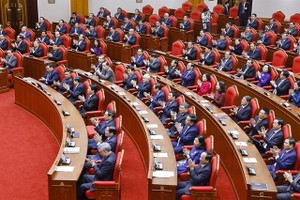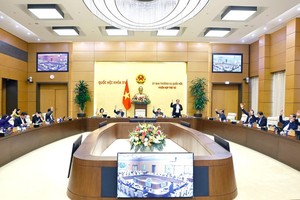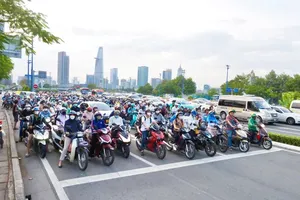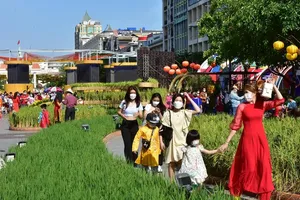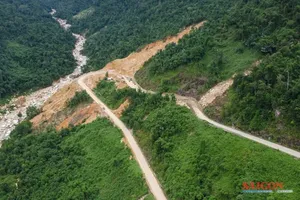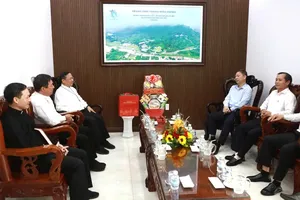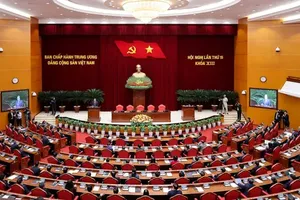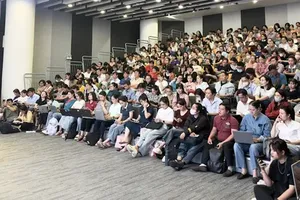Prime Minister Nguyen Tan Dung has approved an investment of US$190 billion for a socio-eco master plan for Hanoi aimed at sustainable economic and social development of the city for the period 2011-2020 and its orientation till 2030.
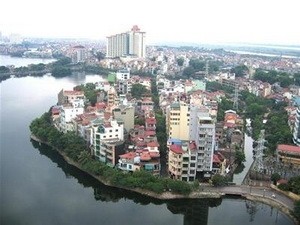
A corner of Hanoi. (Source: Internet)
According to the plan, Hanoi will set an economic growth target between 12-13 percent per year in the 2011 – 2015 periods, 11-12 percent in 2016-2020 and 9.5-10 percent in 2021-2030.
The gross domestic product per capita is estimated to reach US$4,100 – 4,300 by 2015 and US$7,100 – 7,500 by 2020.
The capital city is expected to have a population of 7.2 – 7.3 million by 2015 and 7.9 – 8 million by 2020.
Trained laborers will comprise 55 percent of the city’s workforce by 2015 and 70 – 75 percent by 2020, driving the capital city to becoming a high quality training center in Vietnam as well as in Southeast Asia.
The city will require a total investment of US$69-70 billion in the 2011-2015 period and US$110-120 billion in the 2016-2020 periods.
The city will focus on development and encourage growth in the services sector, including finance, banking, insurance, securities, post-telecommunication, science and technology, healthcare, education and training and public transportation.
Hanoi will be poised to be a leading financial, banking hub as well as a vibrant tourism destination of North Vietnam.
The city will also focus on some industrial sectors, like IT, electronics, mechanics, pharmacy, cosmetics and on building and expanding 15 industrial parks.
Hanoi will strive to be a leading education centre of the country while simultaneously maintaining its 1,000-year old culture.
The master plan seeks to improve the transport infrastructure to reduce traffic congestion and connect the inner city with satellite urban centers.
The city space will be divided into different branches of urban, suburban and green belts.
